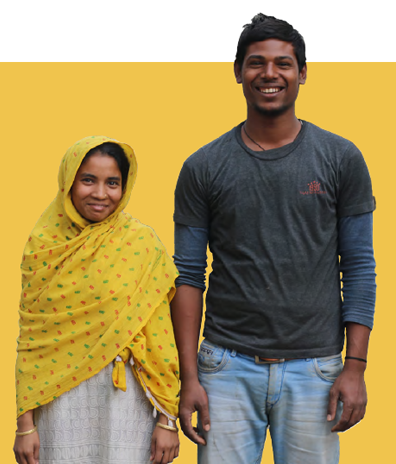TCI’s Mapping and Listing Approach Helps Indore, India, More Accurately Allocate Health Resources
The Government of India charged Dr. PravinJadia, the District Immunization Officer (DIO), and his department with reaching 100% immunization coverage for children in Indore, which is located in Madyha Pradesh (MP)
The Challenge Initiative for Healthy Cities (TCIHC) helped Jadia along with various government departments and development organizations implement TCI’s proven mapping and listing approach, which found approximately 230,000 people living in Indore’s slums. The mapping exercise also determined that meeting the health needs of this previously uncounted slum population would require an additional 13 Auxiliary Nurse Midwives (ANMs), 400 accredited social health activists (ASHAs) and 14 urban primary health centers (UPHCs). This data prompted India’s Chief Medical Officer of Health (CMHO) to take action by moving some UPHCs closer to the population, allotting equal population coverage to facilities and community health workers. Staff from dormant facilities were shifted to the functional facilities and medical officers were given the responsibility of monitoring outreach activities and providing technical support to the frontline workers at the site.
“Now, we will be able to cover the entire slum population as all the facilities have equal distribution of population. Now, each ward has one facility and each facility has one Medical Officer In-Charge and ANM. We have initiated monitoring of ASHAs and ANMs for outreach activities,” Jadia said. “This model is strengthening all aspects of reporting, services supplies and it is giving magical results as there is 18% rise in MP immunization data in this four-month duration. MP is on the second position at the national level.”
The mapping and listing exercise of Indore has also been publicly recognized by city officials.
“The shifting and distribution of responsibilities within existing service providers has enhanced outreach and service quality,” said Dr. Asha Pandit, Indore’s district health officer. “In February 2018, there were merely 82 family planning users. And, after area segregation, it increased to 1,014 in August 2018. Today, we have baseline data where we can start any program like tuberculosis, malaria, etc.”
Indore’s mapping and listing exercise defined a clear roadmap for how to replicate this exercise in other cities. Bhopal, another MP city, recently adopted this strategy and found more than 50% of its slum population had been left out of previous estimates.
Jadia said for the first time in Indore, all health facilities have been mapped with a defined catchment area. This helped uncover underserved areas that may have been going without health service for many years.



